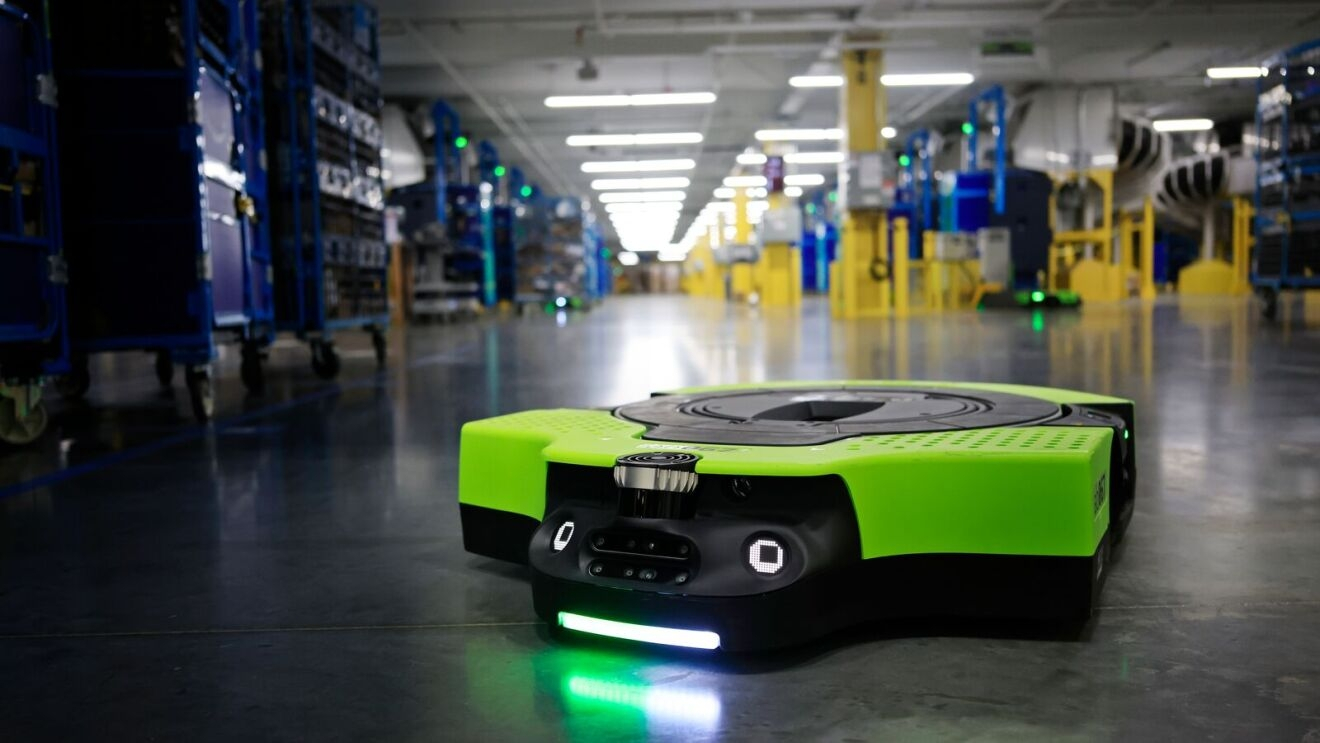
Amazon has revealed that the company has just deployed its one millionth robot in its operations. The milestone droid was deployed to a fulfilment center in Japan. In a press release, the company also revealed it has a new generative AI foundation model that will help improve robot fleet travel efficiency by 10%, supporting faster delivery times and reducing costs for consumers.
Crucially, WSJ reports that Amazon is now on the brink of having more robots in its warehouses than humans. Per the report, the majority of Amazon's 1.56 million employees are warehouse staff, but the biggest cohort of Amazon's "employees" could soon be its army of robots, which it uses to pick orders from shelves, move goods ready for packaging, sort items, and more.
Amazon says its new generative AI foundation model, DeepFleet, will make its entire fleet of robots smarter and more efficient. It will be used to coordinate the movement of its robots across its fulfilment network to improve the travel time of the fleet by 10%. That might not sound like a lot, but that's a colossal saving when you consider the magnitude of Amazon's business. Ultimately, that should mean lower costs and faster delivery times for consumers.
Amazon says DeepFleet is essentially an intelligent traffic management system for its robots, which move like cars across a congested city.
The company has come a long way from its original warehouse robots. In 2012, a robot could move inventory shelves across the floor of a warehouse. Now, it has an entire fleet of different models. Specifically, Amazon highlighted the Hercules, which can move 1,250 pounds of inventory, and Pegasus, which uses a precision conveyor belt to handle individual packages. There's also Proteus, Amazon's first fully autonomous mobile robot, which can move around employees while moving heavy carts.
While the burgeoning future of AI and robots might seem like a threat to jobs in some instances, Amazon says the opposite is true. The company claims it has helped upskill 700,000 employees to work with more advanced technologies, and that robot grunt work is freeing up its employees to earn more technical skills. Those 700,000 workers now earn more money in jobs that can include working with robotics, with completely new jobs being created.
Amazon one day hopes to turn warehouse robots into assistants that can even respond to verbal commands from employees, and is also testing a humanoid robot with legs, arms, and a head.
Follow Tom's Hardware on Google News to get our up-to-date news, analysis, and reviews in your feeds. Make sure to click the Follow button.







